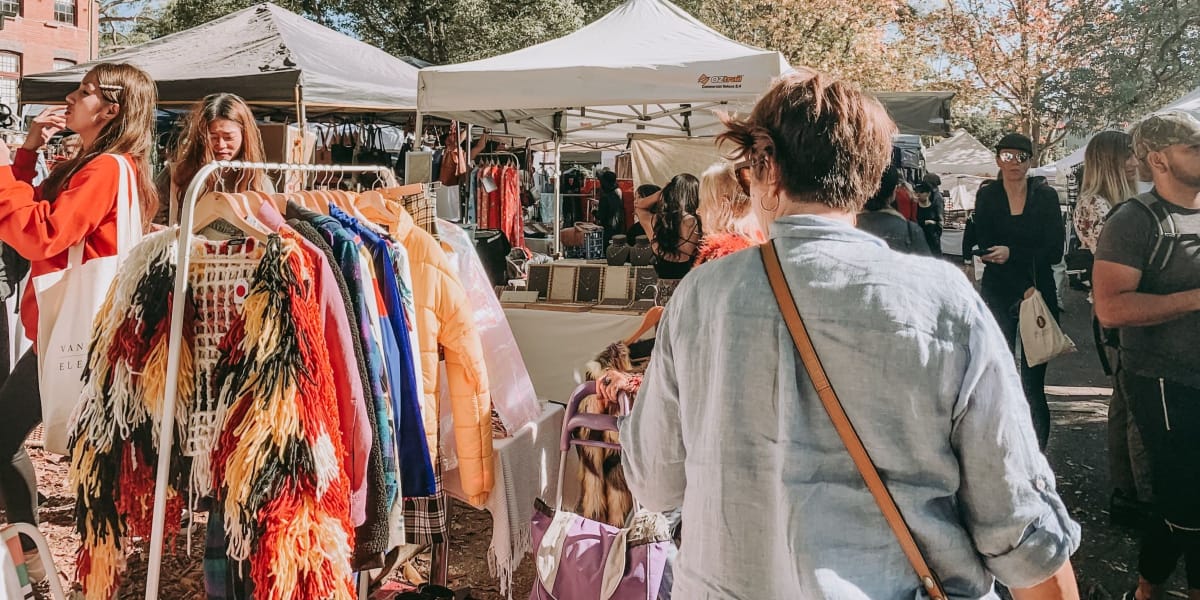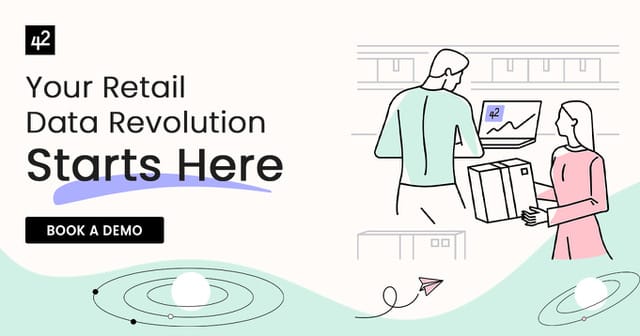Understanding Customer Behavior with Retail Analytics
Retail success comes from truly understanding how your customers shop, by looking into your sales data to uncover what tactics will actually move the needle, and what might just be for show.

In retail, success isn’t just about having the latest products or the flashiest window displays—it’s about truly understanding how your customers shop, both in-store and online. Think of it like the Matrix: you need to see the code behind the shopper behavior to really move the needle. Brands that leverage their data to understand these behaviors not only streamline their sales and marketing tactics but also revolutionize their merchandising strategies, turning the store floor into an optimized, customer-centric experience.
Picture this: you’re running a retail store, and you’ve got customers drifting through your display areas like ghosts. Some linger by the discount rack, others hover around the centerpiece product display, and a few just beeline for the exit (the nerve!). With retail analytics, you can capture these elusive patterns, turning ghostly movements into actionable insights. By decoding these patterns, you can boost sales, enhance the shopping experience, and keep your customers coming back for more—like moths to a beautifully merchandised flame.
Tracking Customer Visits: Keeping Loyalists Loyal
Let’s face it: in retail, the Pareto Principle holds true which means your most loyal customers are your MVPs (or whales, if you’d like). But how do you know when your MVPs are about to bench themselves? By tracking customer visits, of course! If Emily, who usually shops every Tuesday like clockwork, suddenly stops showing up, it’s like losing a key player mid-season. You need to act fast.
Here’s where analytics come to the rescue. By monitoring visit frequency, you can spot the early warning signs of disengagement. Maybe Emily didn’t find her favorite product last time, or perhaps she had a less-than-stellar experience. Armed with this data, you can reach out with a personalized “We Miss You!” email, offer a special discount, or simply ask for feedback.
And for a clearer picture of the health of your stores, you can trend the aggregate visit frequency among your top 20% of customers to see whether they are coming more often over time, or less. If the latter, you know that something has to be changed about your in-store experience to recapture your loyalists.
Tracking Average Spend: Rolling Out the Red Carpet for Top Shoppers
We all have that one friend who always picks up the tab at dinner. In retail, those friends are your high-spending customers. These are the folks who ultimately keep your lights on, and they deserve the royal treatment. Some studies showed that a whopping 41% of an ecommerce store’s revenue came from just 8% of its customers. By tracking the average spend per customer, you can identify these top shoppers and make sure they feel like the VIPs they are.
Once you’ve spotted your big spenders, it’s time to roll out the red carpet. Think exclusive previews, personalized shopping experiences, or even a loyalty program that offers something a little extra. It’s like being in an exclusive club where everyone knows your name and your favorite brand of shoes. By making your top customers feel special, you not only encourage them to spend more but also turn them into brand ambassadors who spread the word about their fabulous experiences.
Tracking New vs Returning Shoppers: Differences in Customer Habits
Your data can also tell you a lot about your brand’s first impressions on a new customer. While your loyal audience knows what they like and are willing to trust your brand, new shoppers may be more tentative. It’s actually common for newer shoppers to buy fairly basic items (eg. a plain tee) as a low-expense test of a brand’s quality, before purchasing more expensive and elaborate pieces. Understanding the difference between how your new and old customer shop can inform your team as to the best way to market and cater to each group.
For example, how do your retail KPIs like Units Per Transaction (UPT) or Average Order Value (AOV) compare for new and old shoppers? Your analytics suite should tell you what to expect for each group. Or do your newer shoppers use promos and discounts more than your legacy shoppers? If so, then your team can prioritize promotions geared toward first-timers to get more foot traffic into your stores.
Leverage your data to offer better service and a better experience depending on a customer’s history with your brand.
Tracking Items Per Transaction: The Art of the Bundle
Remember the genius of the Happy Meal? McDonald’s knew that bundling a burger, fries, and a toy would make kids (and parents) flock to their counters (don’t look up how much one costs today though). In retail, understanding the average number of items per transaction can help you craft your own version of this idea into an ROI-laden bundle, boosting sales and customer satisfaction in one fell swoop.
If your data shows that customers frequently buy certain items together, you’ve struck gold. This data analysis should lead to you creating bundled offers that provide a slight discount for purchasing these items together. It’s a win-win: customers feel like they’re getting a deal, and you move more product. Plus, it’s a great way to introduce customers to products they might not have considered. Bundling strategies can turn a casual shopper into a loyal fan, all because you made their shopping experience just a little bit easier and more rewarding.
Tracking Multi-Location Shopping: Building a Complete Customer Profile
In the age of ecommerce and instant gratification, customers have been conditioned to shop across multiple platforms and locations. They might browse online, check out reviews on their phone, and then pop into a physical store to make a purchase. It’s like they’re living in a retail multiverse, and you need to track their journey across all these dimensions.
Aggregating shopping data from various locations and platforms helps you build a complete customer profile, no matter where and how they shop. This holistic view allows you to provide a seamless shopping experience, whether your customer is online, in-store, or on the go.
Imagine knowing that a customer bought a pair of shoes online and then suggesting a matching handbag the next time they visit a store. By understanding the full spectrum of their shopping behavior, you can tailor your marketing and sales strategies to meet their needs at every touchpoint, ensuring they always feel recognized and valued.
Retail success today hinges on the ability to understand and predict shopper behavior. By leveraging advanced retail analytics, brands can gain critical insights that drive smarter decisions and better customer experiences. From your data, your retail strategy will evolve to meet and exceed customer expectations, soon turning every shopping experience into a success story.

